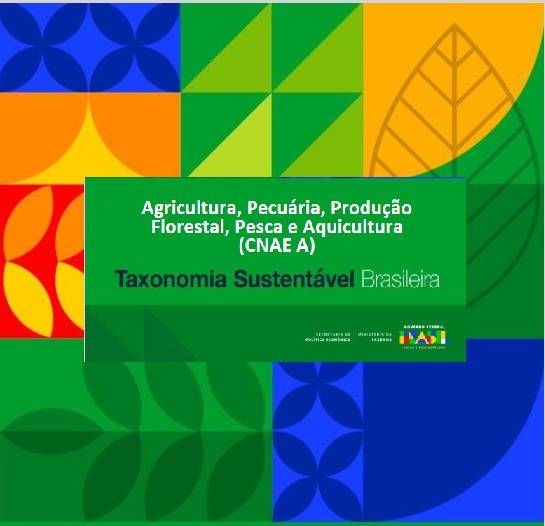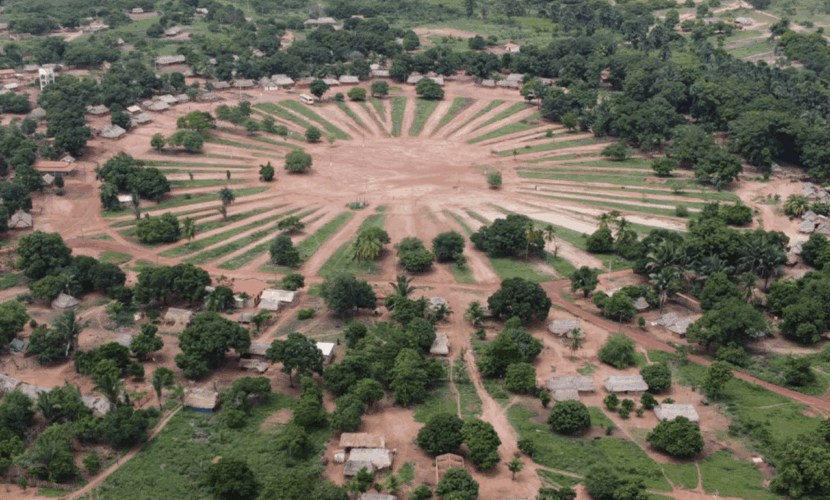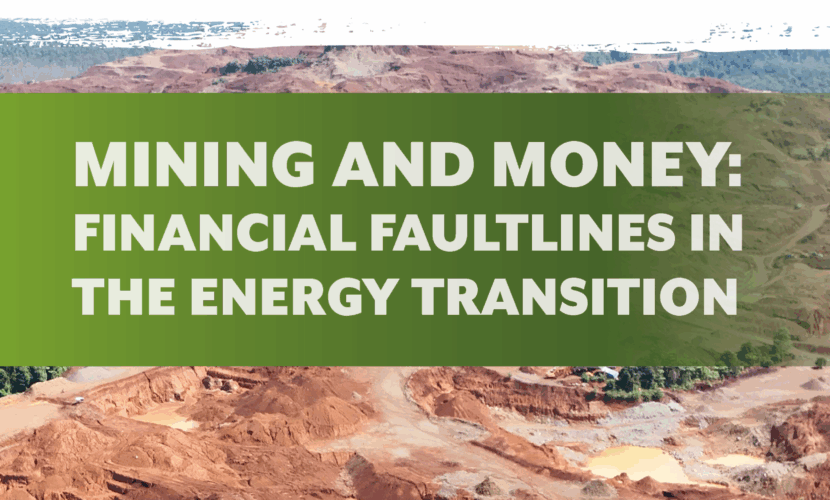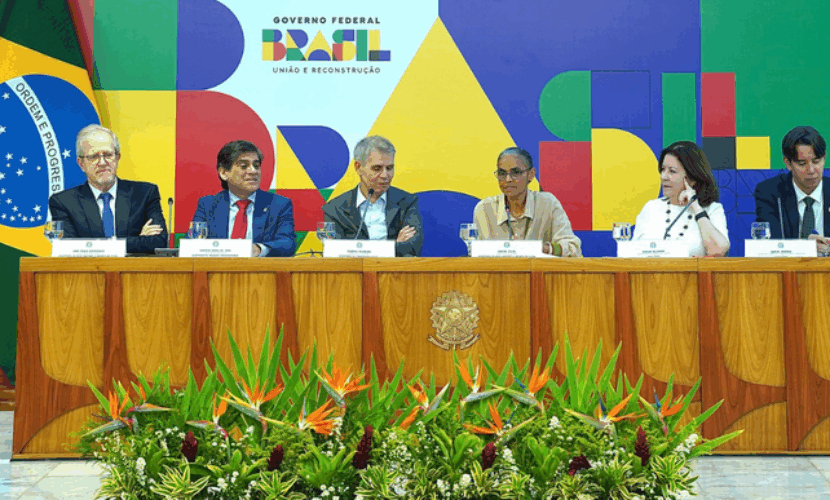News
Brazil’s Sustainable Taxonomy paves the way for Greenwashing

The draft Brazilian Sustainable Taxonomy’s chapter on Agribusiness presents significant flaws that will compromise its effectiveness. Among the main criticisms are the lack of environmental additionality, the selection of sectors based on economic criteria rather than environmental criteria, and the absence of clear indicators and of key social criteria. Furthermore, the complex methodology and lack of clarity in the requirements create an environment conducive to greenwashing. This text analyzes gaps in the chapter on CNAE A – Agriculture, Livestock, Forestry, Fishing and Aquaculture.
Focus on practices rather than impact
The Brazilian sustainable taxonomy relies on the implementation of practices rather than focusing on measuring the actual impacts of these practices. This “A for Effort” approach does not guarantee any real world impact. Even less so, as many practices describer as sustainable in the taxonomy, are clearly not sustainable. For example, the use of pesticides and the generation of energy from biomass.
Focus on sector specific criteria, rather than cross commodity criteria
The Taxonomy focuses on a selection of commodities and establishes criteria for these, rather than establishing cross commodity criteria. This also limits the effectiveness of the taxonomy, and reduces its application. The lack of an integrated approach, one that holistically addresses the diversity of socio-environmental impacts, results in a framework that fails to promote the systemic transformation needed for sustainability.
Scope restricted to 9 commodities
The taxonomy only covers 9 commodities: soy, corn, cattle, coffee, cocoa, eucalyptus, pirarucu, tilapia and tambaqui, in addition to restoration with native species.
This small selection of mostly agribusiness dominated sectors, includes cattle, soy, corn, and eucalyptus production — which are responsible for some of the largest environmental, climatic, and social damages in the country. While the inclusion of these sectors in the taxonomy could be justified if stringent sustainability criteria were established, what we observe is a set of practices that often amount to basically fulfilling minimal legal requirements.
Complex methodology
The methodology used to determine whether an activity can be classified as sustainable is excessively complex and, at the same time, vague. The requirement to meet minimum requirements, implement three eligible items from the transversal approach, along with additional measures related to transversal objectives, without a clear explanation of the criteria for each of these requirements, causes confusion. Even more problematic is the lack of transparency regarding the consequences of non-compliance with the measures, a gap that undermines the credibility of the system. Moreover, the verification of many of these measures will only be conducted ex post, which calls into question the effectiveness of any oversight.
Hard to verify
This unnecessary complexity, combined with the lack of clarity in the requirements, results in a taxonomy with an internal logic that is difficult to understand and, consequently, challenging to apply effectively. The lack of interoperability with other standards and international systems also raises serious questions about the usefulness of the taxonomy in the global context of environmental policies.
Lack of clear indicators and metrics
Regarding the definition and verification of sustainable practices, there is a worrying absence of clear indicators and methodologies, a lack of measurable metrics, well-defined quality criteria, and acceptable values for each practice. This prevents the objective evaluation of an activity’s sustainability and opens a dangerous precedent for greenwashing, where activities that do not generate real environmental benefits can be promoted as “sustainable.”
Greenwashing risk
The gravest risk, however, lies in the fact that the lack of environmental additionality, combined with weak metrics and ambiguous requirements, makes it extremely difficult to verify whether investments in activities classified as “sustainable” truly deliver tangible environmental benefits. This scenario not only weakens the potential of the taxonomy, but also opens the door for greenwashing practices, which can undermine public and international trust in Brazilian environmental initiatives.
You can download the full contribution by the Forests & Finance Coalition below:








